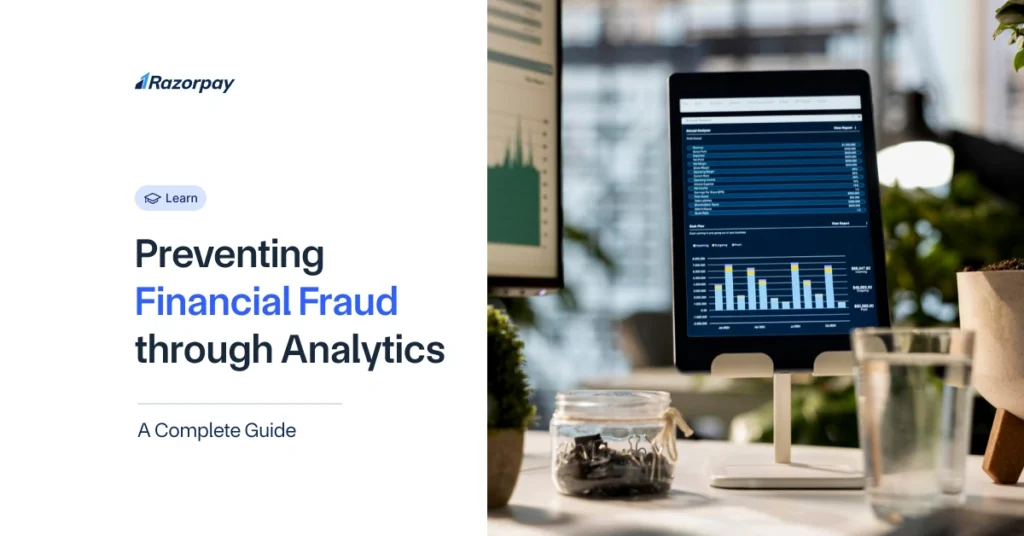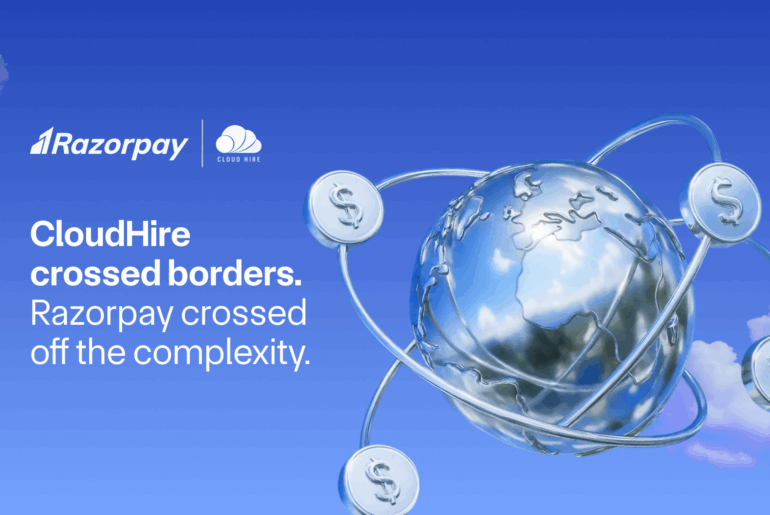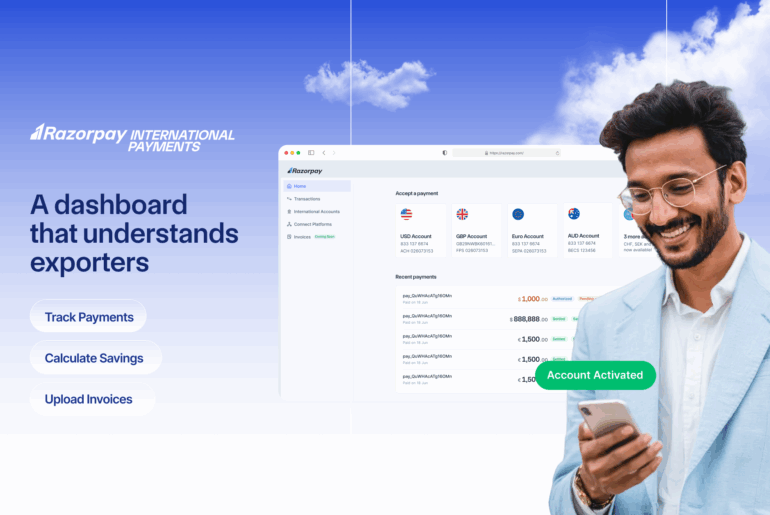Think fraud is easy to spot? Think again.
Today’s financial fraudsters are smarter, faster, and more elusive than ever—using sophisticated tactics like phishing, identity theft, and real-time payment fraud to quietly drain businesses of revenue. As digital transactions grow, so do the loopholes, making manual detection nearly impossible.
Step into fraud analytics.
This powerful, data-driven approach doesn’t just react to fraud—it predicts and prevents it. By leveraging AI, machine learning, and big data, fraud analytics helps businesses uncover suspicious behavior in real time and stop fraud before it happens.
In this guide, we’ll explore everything about fraud analytics. Whether you’re a growing startup or an enterprise-level company, this is your blueprint for building a smarter, safer fraud prevention strategy.
Table of Contents
What is Fraud Analytics?
Fraud analytics is the process of using data analysis to detect and prevent fraudulent activity. It identifies unusual or suspicious patterns in transaction data that could indicate fraud, such as credit card fraud or account takeovers.
At the heart of fraud analytics are technologies like AI and machine learning. These tools automate the process of identifying anomalies and patterns that humans might miss. The goal? To flag potentially fraudulent transactions in real-time—before they impact your bottom line.
Unlike traditional manual checks, modern fraud analytics continuously learns and adapts, becoming smarter with every case it analyzes.
The Rising Challenge of Financial Fraud
With the growth of digital payments, mobile banking, and online transactions, the risk of fraud has skyrocketed. According to recent reports:
- Cybercriminals are using phishing, identity theft, and account takeover techniques to trick both consumers and businesses.
- UPI frauds in particular are on the rise, with fraudsters luring users into fake payment flows.
- Sophisticated bots and scripts can mimic human behavior to bypass traditional fraud checks.
The more digital we become, the more avenues fraudsters find to exploit. As a result, businesses need intelligent, scalable solutions to defend themselves—and fraud analytics offers just that.
How Fraud Analytics Works?
Fraud analytics is a multi-step process that transforms raw transaction data into actionable fraud prevention insights. Here’s a simplified breakdown:
1. Data Collection
It starts with collecting transactional and behavioral data—purchase amounts, geolocation, device information, login patterns, etc.
2. Data Analysis
Algorithms scan this data for irregularities. For instance, an unusual spike in transaction value or purchases from a new location might trigger a red flag.
3. Pattern Recognition
By comparing current activity with historical behavior, the system identifies outliers—potential signs of fraud detection.
4. Real-Time Alerts
When suspicious activity is detected, businesses are notified in real time. Some systems can even auto-block high-risk transactions until verified.
Fraud analytics uses both supervised (based on known fraud patterns) and unsupervised (detecting new patterns) machine learning models to constantly improve accuracy.
Key Fraud Analytics Techniques
Fraud analytics encompasses several types of analytical methods. Let’s explore the three most common:
1. Descriptive Analytics
This technique reviews past data to understand what types of fraud have already occurred. For example, analyzing a history of credit card fraud attempts in a certain region or platform.
Example: A retail business notices that a majority of its chargebacks originate from a specific IP range. Descriptive analytics helps pinpoint this pattern.
2. Predictive Analytics
It forecasts potential fraud by analyzing historical trends. Machine learning models predict which transactions might be fraudulent based on previous fraud cases.
Example: Predictive models might flag a transaction as suspicious if it’s 3x higher than usual and made from a new device at midnight.
3. Prescriptive Analytics
This goes a step further—suggesting actions to mitigate risk. Based on predictive insights, it recommends solutions like OTP validation or holding the transaction.
Example: When a suspicious pattern is detected, the system could recommend two-factor authentication before proceeding.
Big Data and Machine Learning in Fraud Prevention
Big data fuels fraud analytics. Businesses today process millions of transactions daily—too much for humans to analyze alone.
Machine learning steps in to crunch this data efficiently and accurately.
- Volume: The more data the model consumes, the better it becomes at spotting subtle fraud patterns.
- Speed: Machine learning can analyze transactions in milliseconds—ideal for real-time fraud detection.
- Learning Loop: Models improve continuously by learning from both flagged and cleared transactions.
Big data combined with machine learning creates dynamic systems capable of adapting to ever-changing fraud tactics.
Real-World Applications of Fraud Analytics
Let’s take a look at how different industries apply fraud analytics in the real world.
-
Banking
Banks use fraud analytics to flag unauthorized access, monitor payment fraud, and prevent account takeovers. For example, if a customer’s card is suddenly used in two countries within minutes, it triggers a fraud alert.
-
E-commerce
Online retailers rely heavily on fraud detection tools to stop fake refunds, promo abuse, or card testing attacks. Fraud analytics helps reduce cart abandonment by maintaining secure but frictionless payment flows.
-
Insurance
Insurers use analytics to spot fraudulent claims—like detecting repeated claims for the same damage or flagging unusually quick filing after policy activation.
These industry-specific use cases demonstrate how versatile and critical fraud analytics is in defending against financial fraud.
Steps to Implement a Fraud Analytics Solution
Looking to adopt fraud analytics for your business? Here’s a step-by-step implementation plan:
1. Assess the Risk
Identify key areas vulnerable to fraud—be it online payments, customer onboarding, or account access.
2. Choose the Right Tools
Select a fraud analytics solution that aligns with your business scale and transaction type. Consider features like AI-based alerts, machine learning models, and dashboard reporting.
3. Set Up Data Collection
Ensure accurate and consistent collection of transactional data. This includes timestamps, locations, payment methods, and device metadata.
4. Integrate with Existing Systems
Your fraud analytics solution should smoothly integrate with your existing CRM, payment gateway, or ERP tools for seamless data sharing.
5. Continuous Monitoring
Fraud doesn’t sleep. Continuously monitor transactions and keep updating your systems based on emerging fraud patterns.
Best Practices for Fraud Prevention Using Analytics
Here are some best practices to maximize the impact of your fraud analytics strategy:
- Regular Data Review: Periodically audit your data and check for anomalies or blind spots.
- Update Machine Learning Models: Feed your models with new fraud patterns so they evolve and stay relevant.
- Use Multi-layered Security: Combine fraud analytics with two-factor authentication, biometric checks, and firewalls for better protection.
- Train Employees: Educate staff on how to identify red flags and respond to fraud alerts effectively.
- Monitor KPIs: Track metrics like fraud rate, false positives, and detection time to measure system effectiveness.
These practices are not just for large enterprises—even small businesses can implement fraud analytics by using cloud-based tools or third-party services.
Conclusion
In the fight against financial fraud, fraud analytics is your best ally. With real-time data analysis, machine learning models, and predictive techniques, businesses can spot fraud before it strikes.
Whether you’re in banking, e-commerce, or insurance, investing in fraud analytics helps you build trust, protect customer data, and save valuable revenue.
As fraudsters get smarter, your fraud prevention systems must evolve too. Staying proactive and informed is key.
Frequently Asked Questions (FAQs)
1. Why is fraud analytics important for businesses?
Fraud analytics helps businesses detect and prevent fraudulent transactions, saving them from revenue losses and reputational damage.
2. What tools are used for fraud analytics?
Common tools include AI/ML-based platforms, transaction monitoring software, anomaly detection systems, and behavioral analytics tools.
3. What are examples of fraud analytics in action?
A bank flagging a foreign transaction moments after a local login or an e-commerce site identifying fake coupon abuse—both are real-world applications of fraud analytics.
4. Can small businesses use fraud analytics?
Yes, many cloud-based or plug-and-play solutions make fraud analytics accessible to businesses of all sizes.
5. How does AI help in detecting payment fraud?
AI detects patterns humans may miss, adapts to new fraud tactics, and flags suspicious behavior in real time—making fraud prevention faster and more accurate.
6. Is fraud analytics the same as fraud detection software?
Not exactly. Fraud detection software is often rule-based. Fraud analytics uses data science, AI, and predictive models for deeper, adaptive detection.
7. How do I know if I need fraud analytics in my business?
If your business deals with online payments, customer data, or high transaction volumes, you likely need fraud analytics to stay protected.


